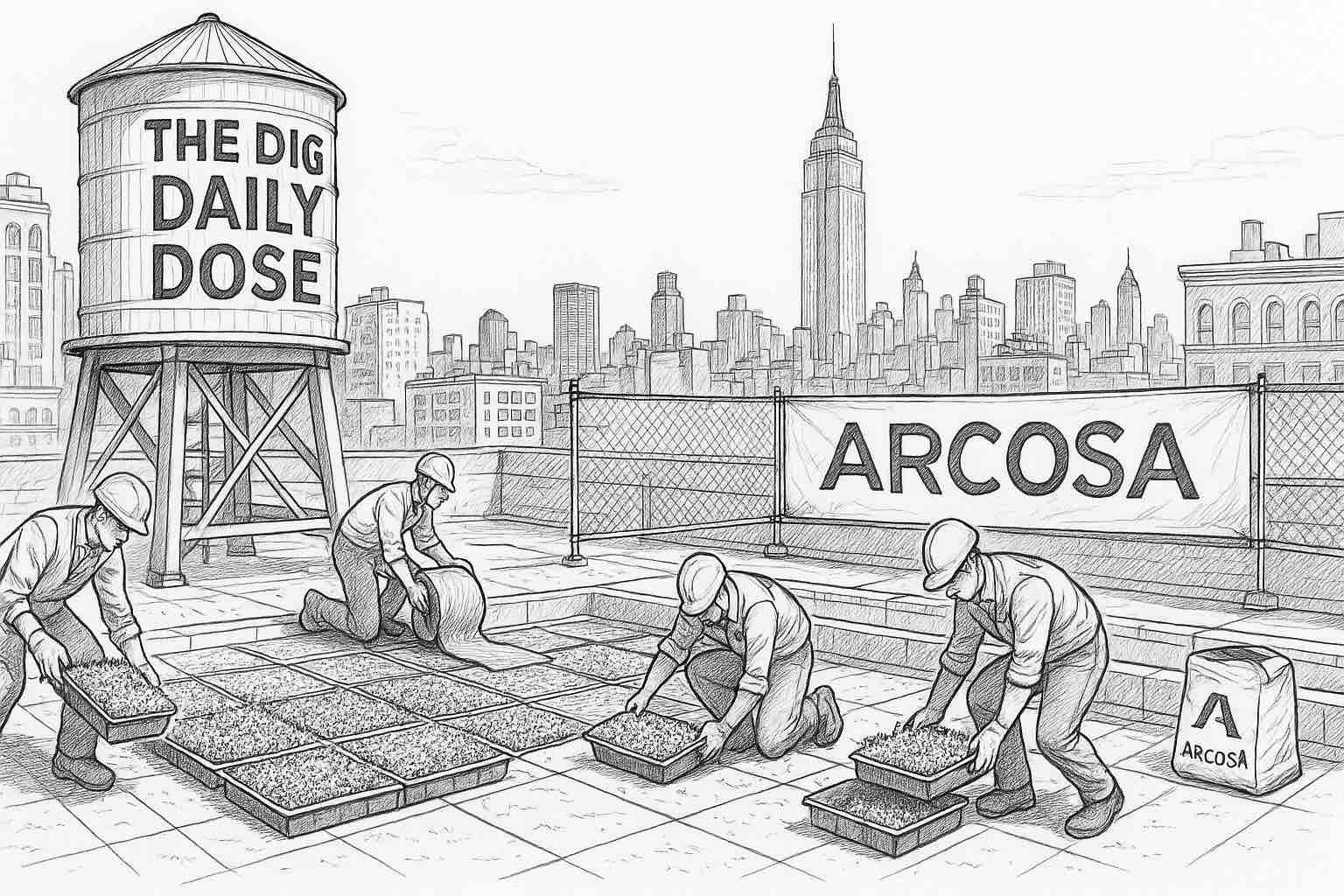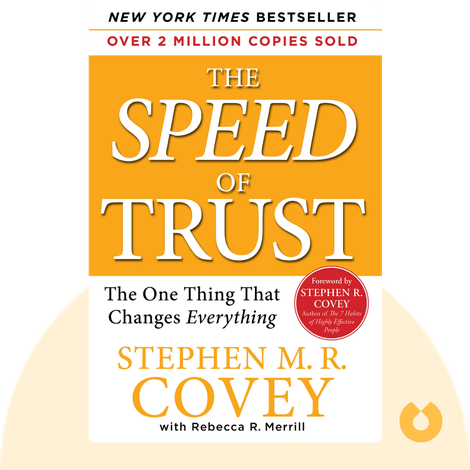“Seek first to understand, then to be understood.”
Stephen R. Covey
THE ART OF LEADERSHIP
Listen first to unlock clarity, trust, and momentum!
Understanding is a force multiplier. When leaders listen first, they uncover motives, constraints, and hidden opportunities. People feel respected, and defenses drop. With that clarity, choices improve and execution speeds up because plans reflect reality rather than assumptions. Influence follows naturally when others see their perspective reflected in decisions.
Make it practical. Begin key conversations with questions, not conclusions. Paraphrase what you heard and confirm next steps. Translate goals into a clear definition of ‘done’, a single owner, and specific dates. Invite dissent early, turn it into small experiments, and review insights weekly. Replace long reports with short demos and customer signals.
Model the habit daily. Speak last, listen fully, and write decisions where everyone can see them. Keep promises to the minute and remove one obstacle each day. Celebrate learning as much as wins. Over time, understanding builds trust, trust invites candor, and candor accelerates progress that lasts.
In sixty days, listen deeply, paraphrase before replying, define outcomes clearly, invite dissent, run weekly reviews, and act on insights.
COMMERCIAL CONSTRUCTION
How does Arcosa turn infrastructure needs into sustainable value for stakeholders?
Arcosa builds the backbone of daily life by delivering infrastructure products and solutions that keep communities moving. From construction materials to engineered structures and transportation components, the company focuses on dependable performance and practical innovation. The promise is straightforward and demanding: create long-term value by combining operating excellence with a culture that prioritizes people, safety, and integrity.
Arcosa brings together established brands and operating expertise. Aggregates and specialty materials support roads and buildings. Utility and traffic structures connect power and mobility. Purpose-built transportation assets help goods move efficiently. By uniting these capabilities under one umbrella, teams translate customer needs into clear deliverables, reduce friction across the project lifecycle, and position partners to execute with confidence.
Sustainability at Arcosa means strengthening positive interactions with the world to build resilience. Responsible practices, disciplined governance, and community engagement enable the business to grow sustainably and in the long run. When a company treats stewardship as a daily habit, infrastructure becomes more reliable, investors gain clarity, and communities receive durable benefits that compound over decades.
Build value by uniting strong brands, disciplined execution, and responsible stewardship to deliver reliable infrastructure that benefits customers and communities.
INFRASTRUCTURE INDUSTRY
How does early delivery of the Park Avenue Viaduct reshape contractor strategies and risk?
Halmar delivered the first $590 million phase of New York’s Park Avenue Viaduct this week early and $93 million under budget, swapping 8,240 feet of track through 128 bridge installations while trains kept running. A custom gantry enabled weekend changeouts, minimizing outages and compressing multiple workfronts.
The insight is the delivery method, plus means and methods. Design-build empowered the contractor to propose the gantry approach, prefabricated spans, and parallel sequencing, which reduced schedule float and contingency drawdowns. Maintaining service created real-time revenue protection for the owner and forced a tighter interface between structural, power, signal, and communications crews.
For infrastructure builders, the playbook is transferable. Where shutdowns are expensive, package work to maximize off-hour windows, preassemble modules, and push decision authority closer to field leadership. Owners should lock risk registers around outages, fund early mockups, and measure success by service continuity as much as calendar days and cost.
Replicate modular swaps, empower decisions, protect service windows, track outage risk, and deliver rail replacements faster while reducing claims significantly.
RESIDENTIAL RESEARCH
Are lower rates failing to lift purchase demand and builder pipelines?
This week, rates fell to a one-year low; however, the latest Mortgage Bankers Association survey showed that purchase applications were down by about five percent, while refinances rose. That mix suggests that buyers are still payment-constrained, even as their monthly costs improve. Builders should assume uneven traffic across price bands.
The insight here is sequencing. Buyers react first to confidence and inventory, then to rates. A slight rate dip widens refinance math but may not change first-time qualification. Watch the loan size mix, the adjustable rate share near 11%, and lender pricing for buydowns to see where momentum is forming.
Turn this into tactics. Publish clear payment examples at your most common price points, pre-approve buyers on multiple structures, and prioritize quick move-in homes that meet new payment thresholds. Pace starts to build communities with steady pre-qualification activity and plans appraisals early, where comps could lag.
Translate rate moves into payment examples, monitor purchase mix, expand financing options, and pace starts to prequal and traffic data.
TOOLBOX TALK
Working in Rain and Wet Conditions
Good morning, Team!
Today, we are covering how to stay safe and productive when working in rainy or wet weather.
Why It Matters
Rain changes the work environment immediately. Wet surfaces cause slips and falls, equipment can lose traction, and water increases the risk of electrical shock. Proper preparation and awareness keep the crew safe and the job on schedule.
Strategies for Wet Weather Work
Planning and communication: Check the forecast daily and plan tasks accordingly. Adjust the schedule to prioritize indoor or sheltered work during heavy rain. Hold short safety checks when the weather changes quickly.
Walking and climbing surfaces: Clean mud from boots and ladders frequently. Use anti-slip treads and mats where possible. Avoid stepping on metal, plastic, or painted surfaces, as they can become incredibly slick.
Electrical safety: Never use damaged cords or tools in wet areas. Keep generators, panels, and outlets covered and elevated to prevent damage. Use GFCI protection and inspect cords for cracks or exposed wires before use.
Tools and equipment: Secure covers on saws, welders, and compressors when not in use. Wipe handles and grips to prevent slips. For equipment with tires or tracks, drive slowly and avoid sudden turns on wet ground.
Clothing and visibility: Wear waterproof gear that allows for unrestricted movement. Keep rain jackets vented to avoid overheating. Ensure high-visibility clothing remains clean and visible, even in low-light conditions.
Housekeeping and traffic: Maintain drainage around the work zone to prevent accidents and ensure safe traffic flow. Clear puddles that create slips or hide holes. Slow vehicle speeds and keep spotters in sight of operators.
Discussion Questions
Which tasks will be affected by rain today, and what adjustments are needed?
Who will inspect electrical protection and surface conditions before work starts?
Conclusion
Stay alert, protect equipment, and move cautiously when the site is wet.
Check it, drain it, work smart!





